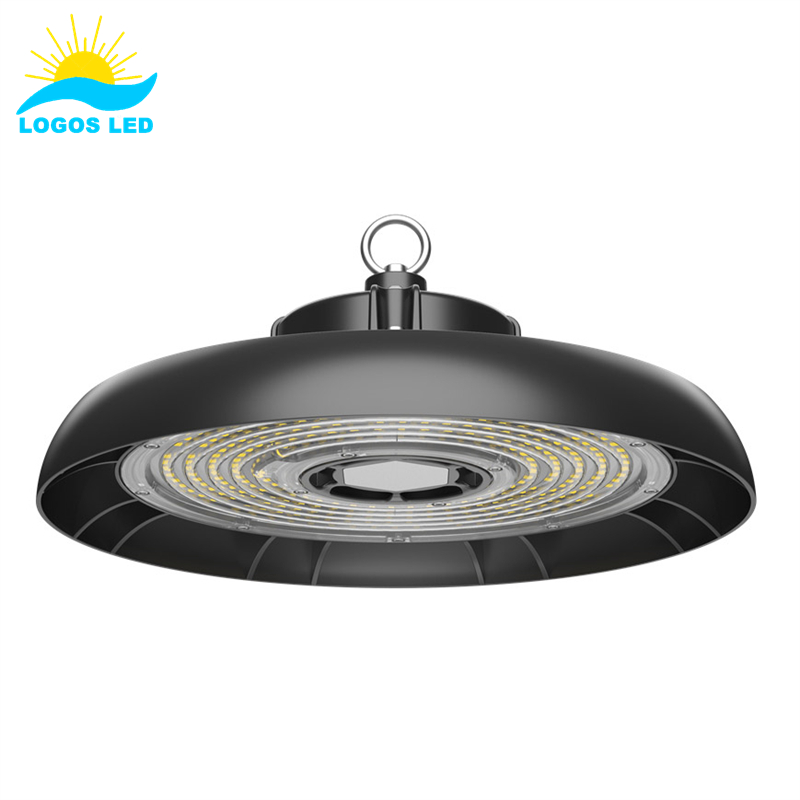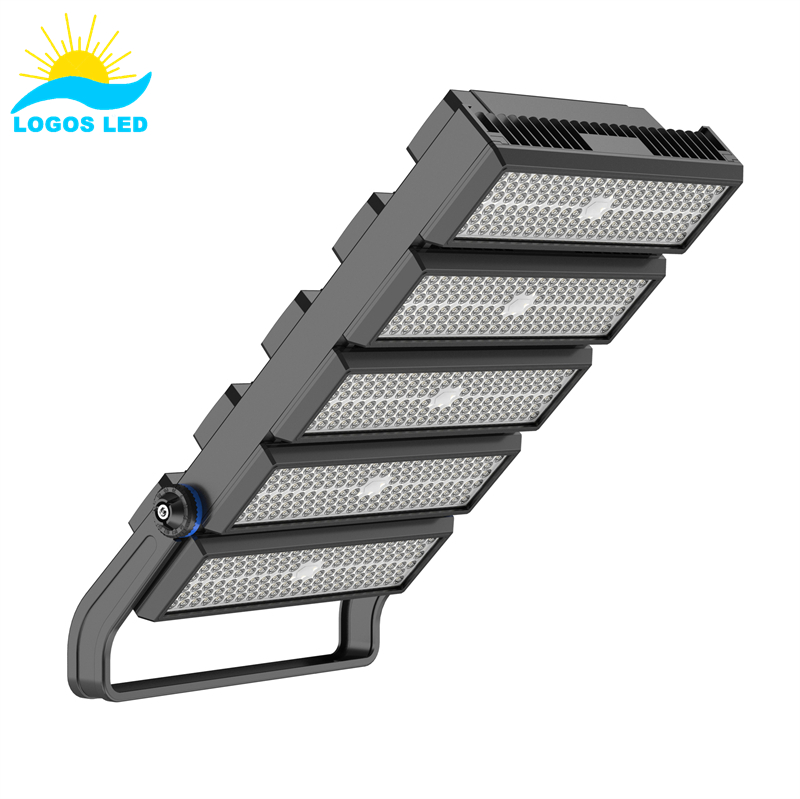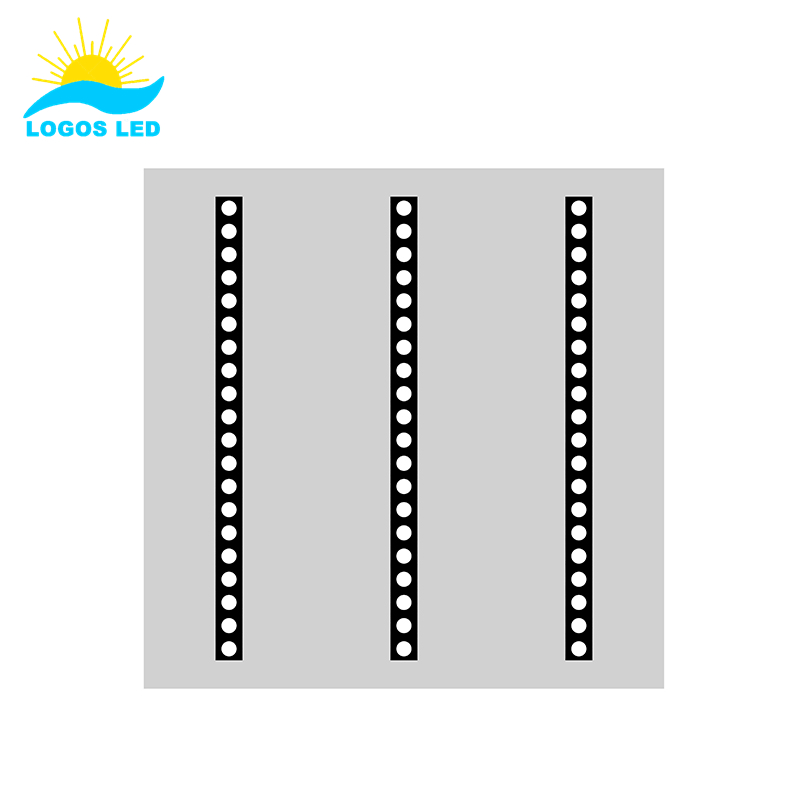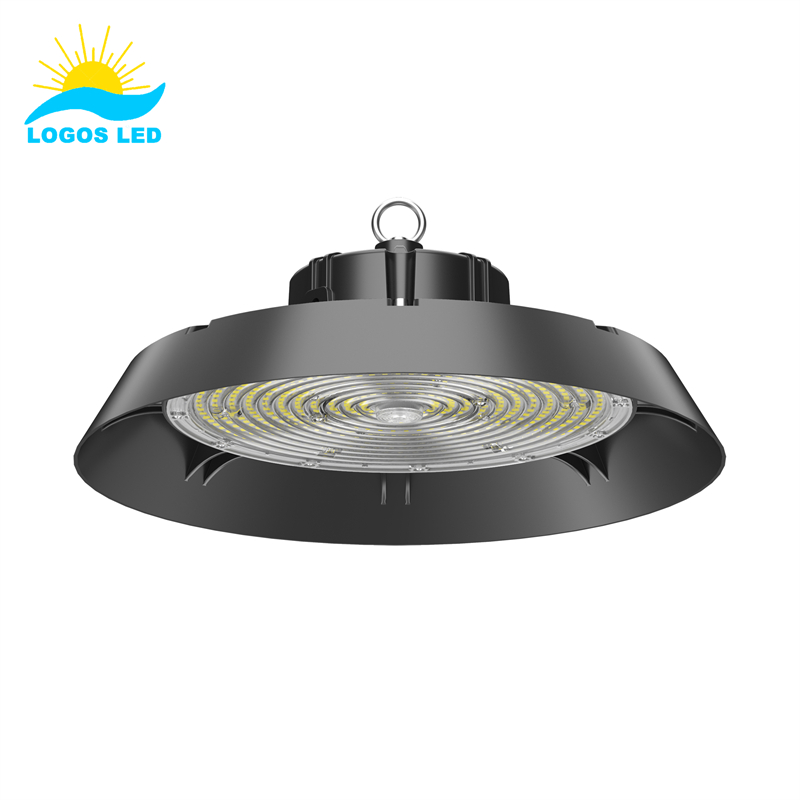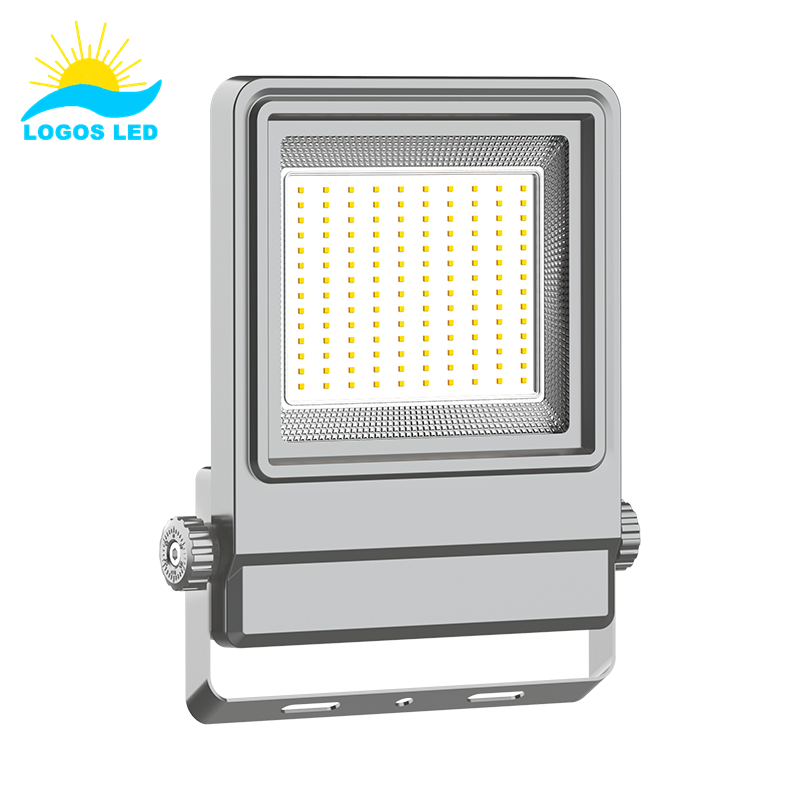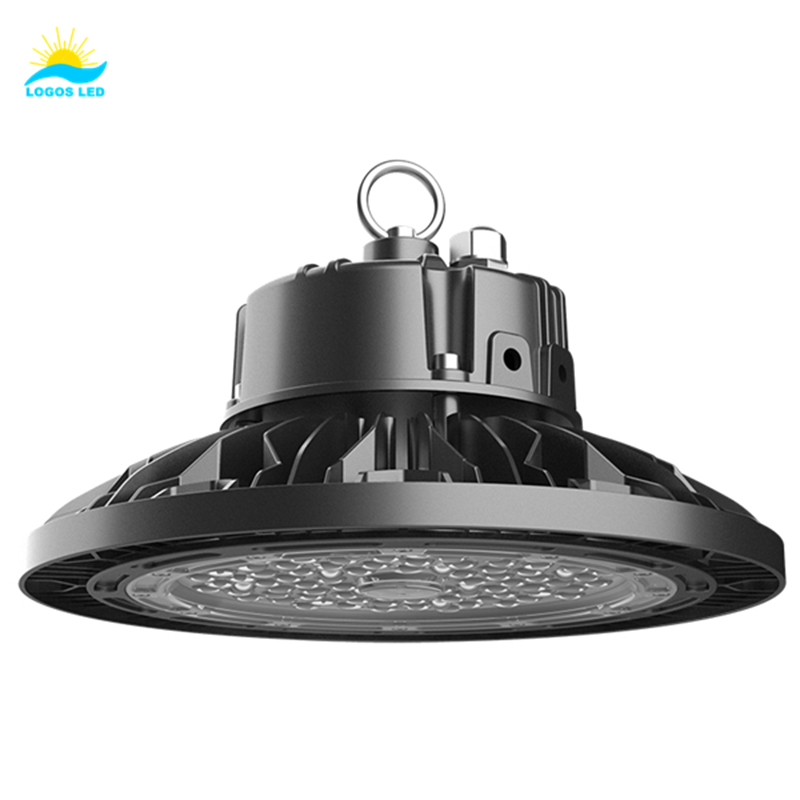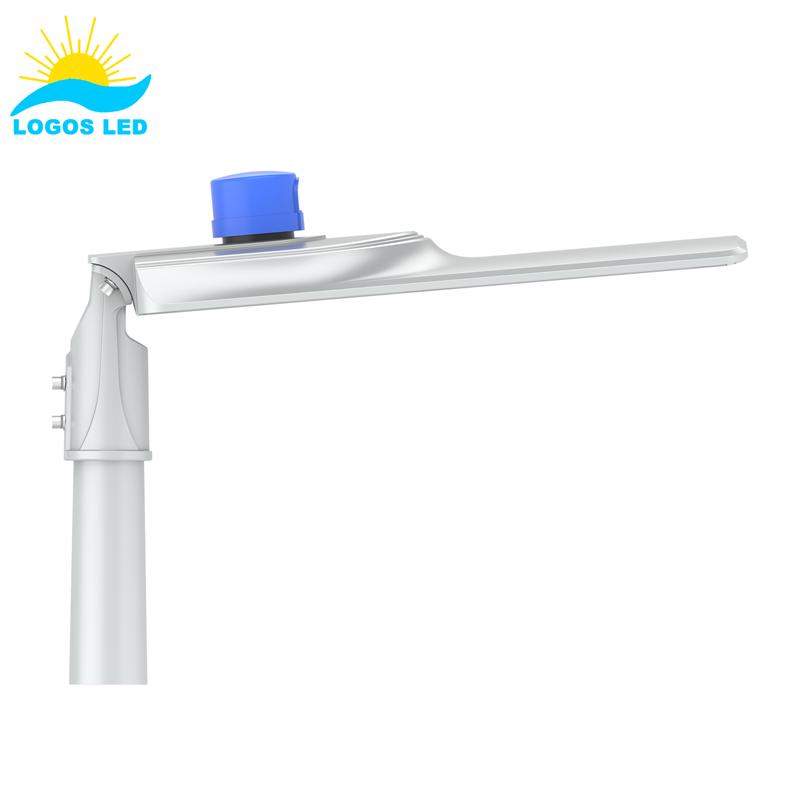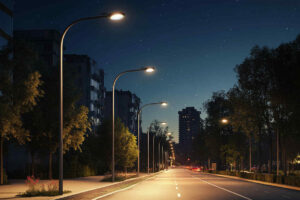Table of Contents
Amber LED lights are the perfect choice when you want to keep the charm of your old-timey neighborhood and help out your local bats and bugs at the same time. Unlike the harsh blue-white light that modern LEDs emit, amber lights have a soft, warm glow that makes everything look like it’s bathed in the light of a gas lamp or an incandescent bulb. It’s a great look to have when you want to create a certain atmosphere. Plus, you can see the stars at night, which is a big deal in scenic towns and historic places.
Amber lights are also good for the local wildlife. Bats and other night critters don’t like white or blue light. It messes up their natural patterns. They get confused and can’t find their way home. If you live near a forest or the coast or some other place where it’s important to take care of the local ecosystem, then use amber lights. You get to have your efficient modern lights, and the environment gets to keep working the way it’s supposed to.

What is Amber LED Light?
Amber LEDs are a type of LED that give off a warm, orange-yellow light that looks like the color of amber. You use them whenever you want to have a specific color of light. You see them used in outdoor lighting, car lights, boat lights, and even in lighting up buildings to create a certain look. They’re great for reducing glare and light pollution, so you can see where you’re going and be safe.
What is the Difference Between White LED and Amber LED Lights?
The difference between white LEDs and amber LEDs is all about the color of light they produce, what they’re good for, and how to use them.
- White LEDs are the most common type of LED. They produce a broad spectrum of light that looks like a bright, neutral, or warm white light depending on the color temperature. They do this by using a blue LED and adding a phosphor coating that changes the color of the light to a more balanced white.
- Amber LEDs, on the other hand, produce a single wavelength of light in the yellow-orange part of the spectrum. They look like the light from an old-fashioned sodium lamp. It’s a warm, soft light.
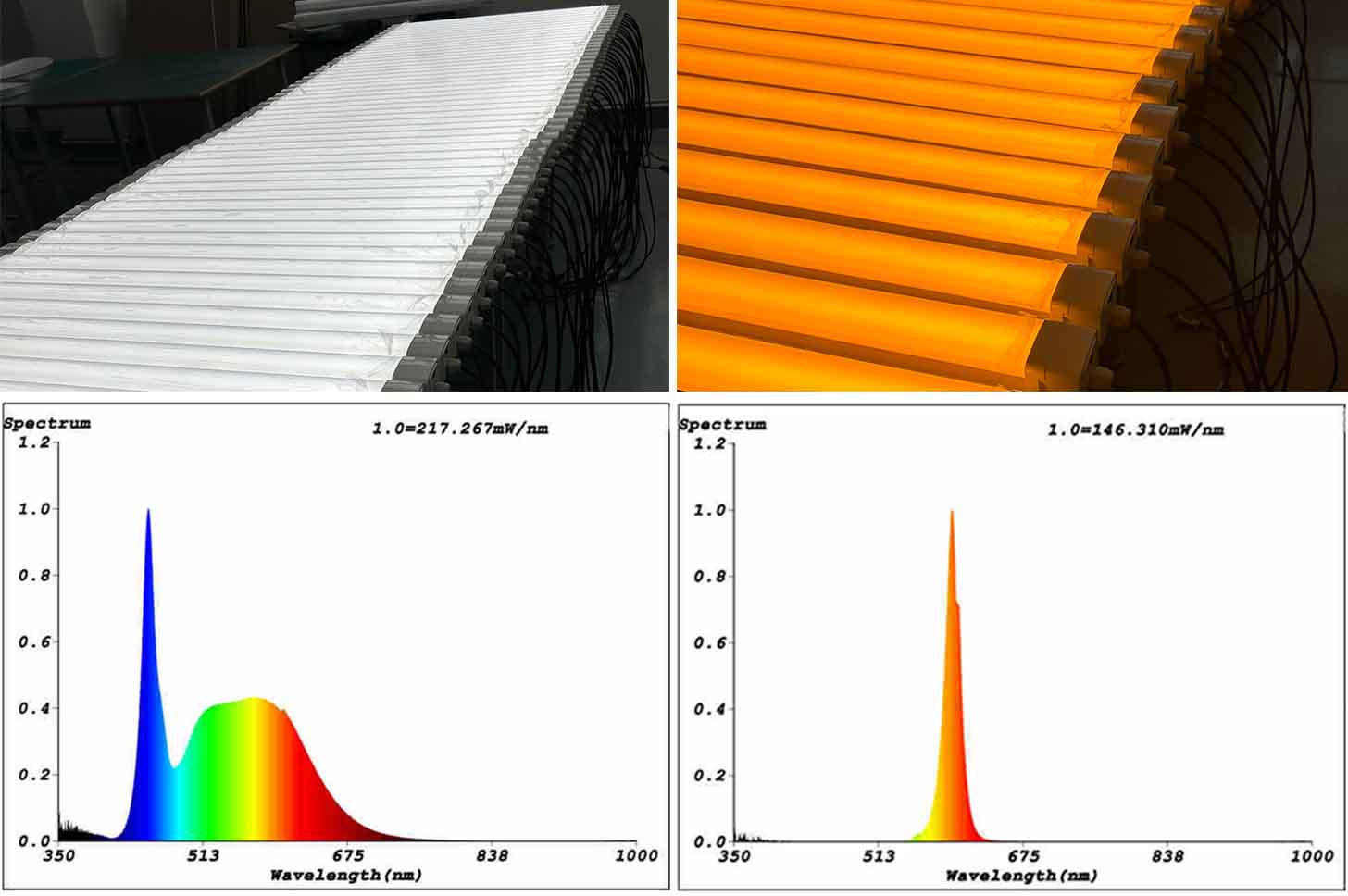
White LED vs Amber LED Lights
The Two Types of Amber LEDs
There are two types of amber LEDs: Phosphor-Converted Amber (PCA) LEDs and Direct Emission Amber LEDs. Here’s the difference between the two:
Phosphor-Converted Amber (PCA) LEDs:
- How It Works: PCA LEDs work by using a blue LED chip with a special phosphor coating that turns the blue light into amber. This gives them a broader spectrum of light and makes them look like a warm amber color.
- Key Features: PCA LEDs are more efficient than direct emission amber LEDs. They give you more light, so you can use them in more places.
- Common Uses: PCA LEDs are often used in places where you need a lot of light, like streetlights or in an industrial environment.
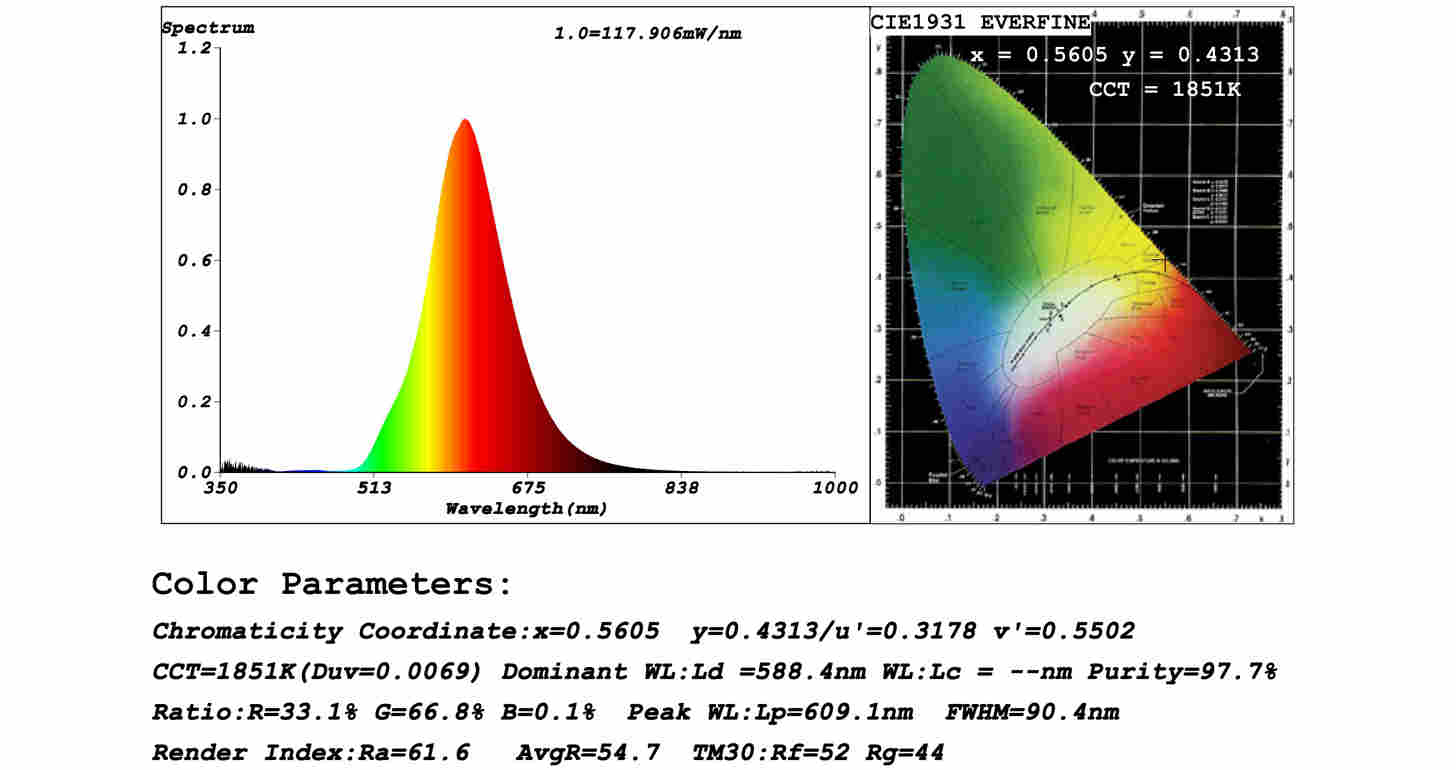
Phosphor-Converted Amber (PCA) Amber LEDs Spectrum Test Report
Direct Emission Amber LEDs
- How It Works: Direct emission amber LEDs work by using a specific type of semiconductor material (like AlGaInP) that directly emits light at a specific wavelength in the amber part of the spectrum without using a phosphor coating.
- Key Features: Direct emission amber LEDs give you a very pure, very specific amber wavelength of light (typically around 590 – 595 nm). They are less efficient than PCA LEDs and can be more sensitive to temperature.
- Common Uses: Direct emission amber LEDs are used in places where you need a specific amber wavelength of light, like in automotive turn signals, indicator lights, or in decorative lighting.
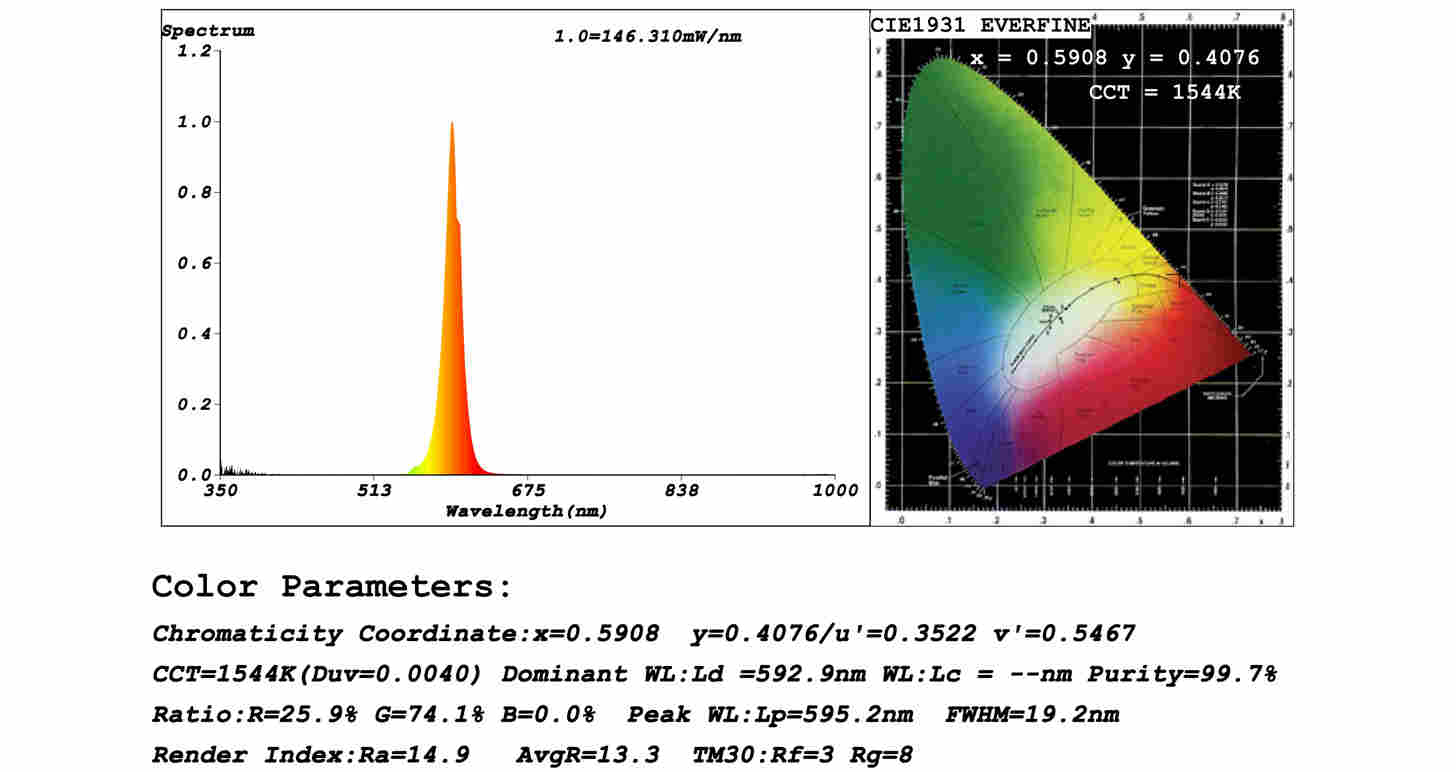
Direct Emission Amber LEDs Spectrum Test Report
Knowing these two types of amber LEDs helps you decide which one is best for your project based on how efficient you need it to be, the color of light you want, and where you’re going to use it.
What is the Advantage of Amber Lights?
Amber lights have several advantages over white or blue lights, depending on what you’re doing. Here are the main benefits of using amber lights:
- Reduced Glare and Light Pollution:
They’re easier on your eyes because they’re not as bright and don’t have that blue tint. This makes them great for outdoor lighting and keeping the night sky dark in your neighborhood. - Minimal Impact on Wildlife:
They’re not as disruptive to animals as blue or white light. This makes them perfect for areas near the beach, where you have wildlife, or in areas where you have migrating birds, sea turtles, or other animals that come out at night. - Enhanced Night Vision:
They’re easier on your eyes because they don’t have a lot of blue light in them. This helps you see better in the dark and not mess up your night vision. This is a good thing if you’re out on the water, doing something outside, or you’re in the military. - Better Visibility in Foggy or Hazy Conditions:
They cut through fog, rain, and dust better than white lights. They don’t scatter as much in the fog, so you can see better and be safer. This is why you see amber lights used in fog lights and road lighting. - Lower Insect Attraction:
Bugs don’t like amber light as much as white or blue light. Bugs like shorter wavelengths in the ultraviolet and blue part of the spectrum. So, amber lights can help keep bugs from swarming around your lights outside on your patio or in your backyard or at the park.
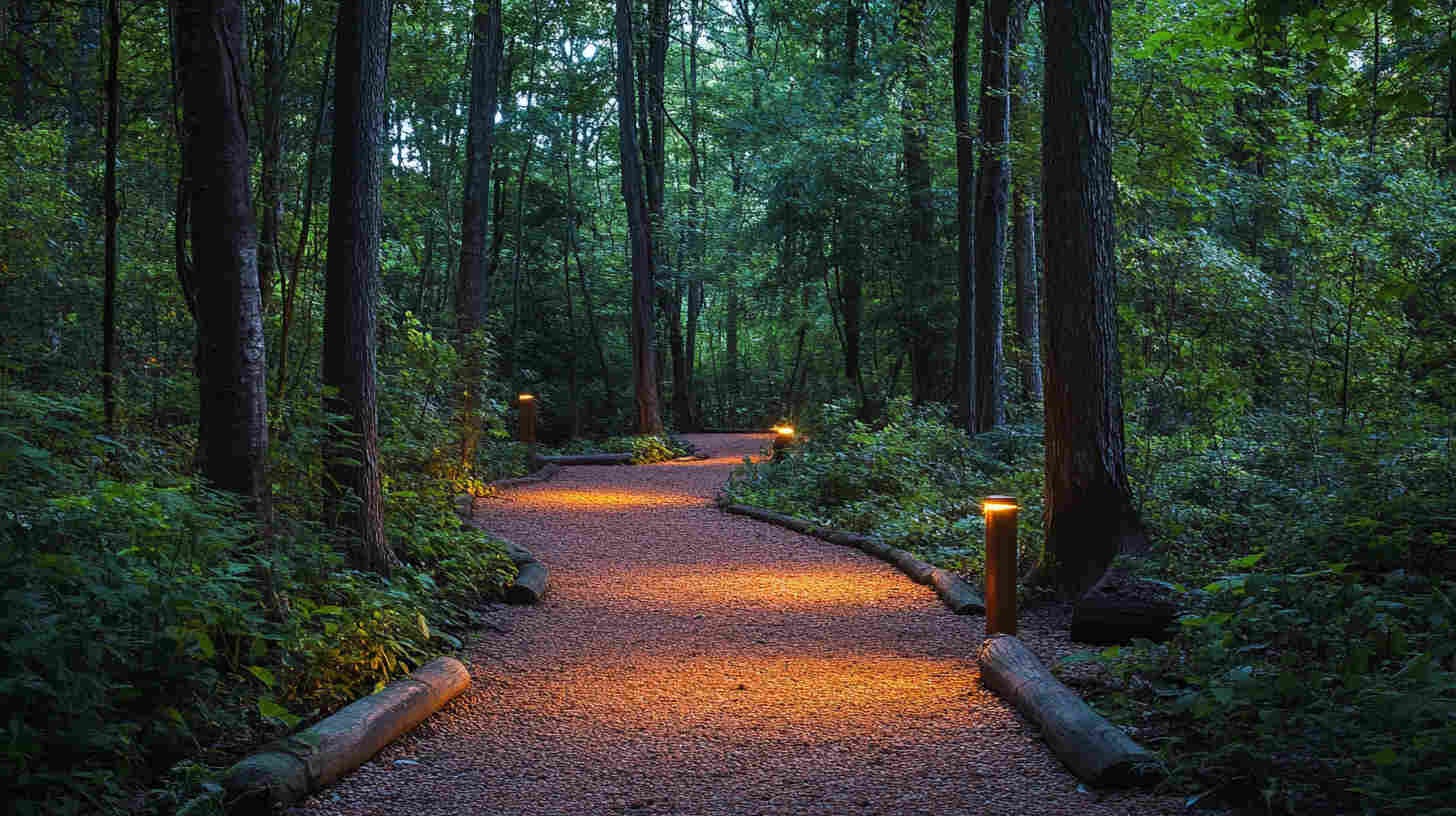
How Amber Lights Are Good for Old-Timey Places and Helping Out Your Local Bats and Bugs
Amber LED lights are particularly beneficial for nostalgic landscapes and wildlife due to their warm, soft glow and minimal environmental impact. Here’s a closer look at how these lights provide value in these settings:
- Old-Timey Places:
If you live in an old-timey place and you want to keep it that way, use amber lights. They make everything look like it’s lit up with a gas lamp or an old light bulb. It’s great for old towns, heritage sites, parks, or anywhere else you need to keep the old-timey look. Plus, amber lights are not as bright and don’t have the same blue light as white LEDs. So, they are easy on your eyes, and you can see everything without feeling like you’re in a spotlight. - Helping Out Your Bats and Bugs:
If you live near the coast or in the woods or any place where you have bats, bugs, or other critters that come out at night, use amber lights. Bats and other critters don’t like blue or white lights. It messes up their navigation, feeding, and mating patterns. Amber lights don’t have as much blue light, so it doesn’t bother them as much.
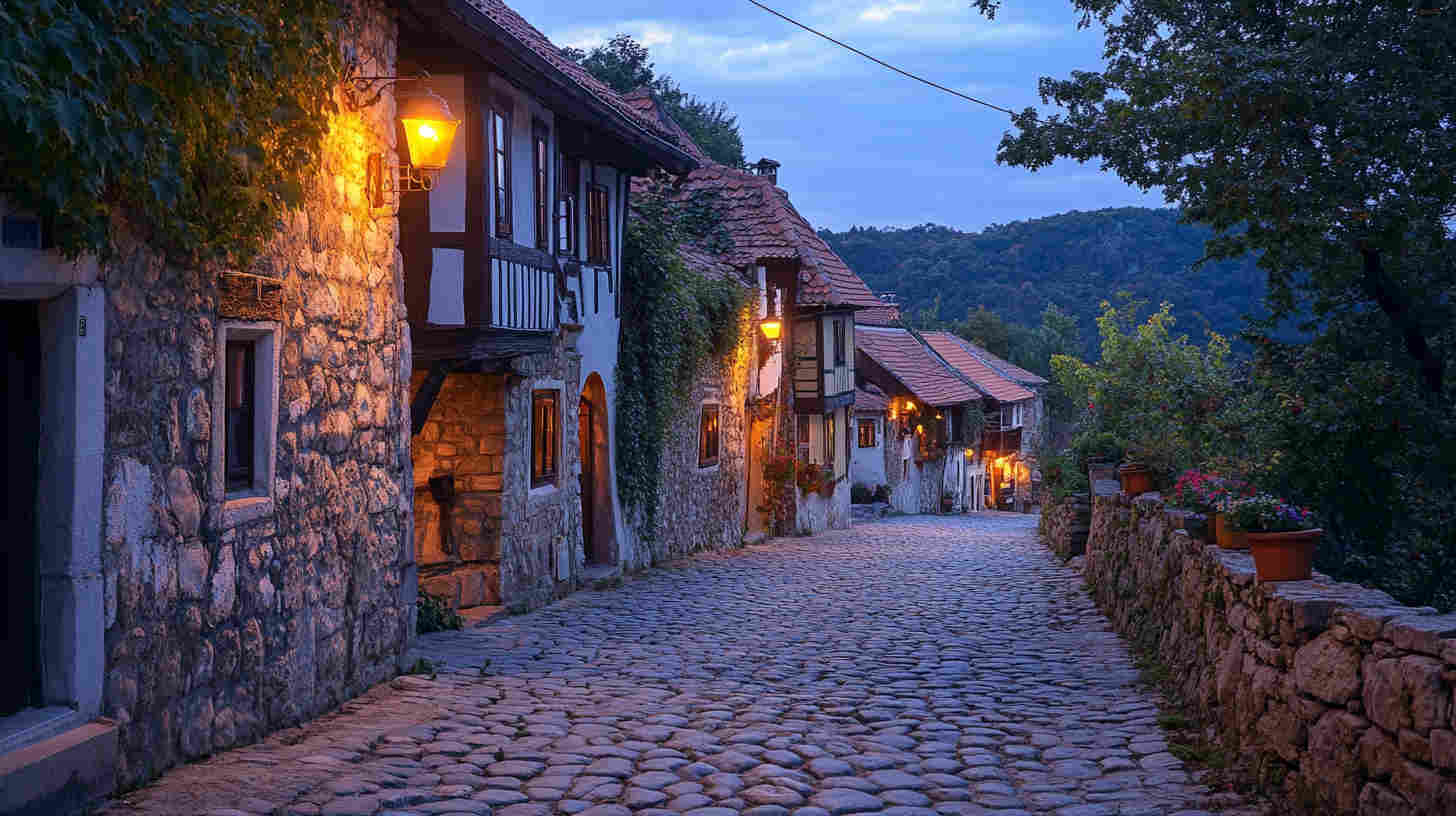
Tips for Choosing the Right Amber LED Lights
Choosing the right amber LED lights requires careful consideration of various factors to ensure they meet the intended purpose and provide the desired effect. Here are some key tips to help guide your selection:
1. Determine the Application and Purpose
Decide where you want to use them. For example, are you using them for outdoor landscape lighting, wildlife-friendly areas, fog lights, or decorative indoor lighting? This will help you know what kind of amber LED to choose. You might need Phosphor-Converted Amber (PCA) LEDs for general lighting, or you may need Direct Emission Amber LEDs for very specific color requirements.
2. Consider the Light Intensity and Beam Angle
Consider the brightness (lumens) you need. Higher lumens are appropriate for something like roadway lighting. Lower lumens are appropriate for soft, ambient lighting. Also look at the beam angle. Do you need a narrow beam to highlight something, or do you need a wide beam to cover an area, like a pathway or open space?
3. Check Color Temperature and Wavelength
Look at the color temperature or wavelength. If you want true amber light, look for a wavelength of around 590-595 nm. That will give you the true amber color you’re looking for. This is important for things like wildlife preservation or nostalgic landscape lighting where you need specific colors.
4. Evaluate Environmental Considerations
Consider the environment. If you’re doing lights near wildlife habitats or coastal areas, you may want wildlife-friendly LEDs that don’t emit blue light. You may want amber LEDs that are dark sky compliant to help protect nocturnal wildlife.
5. Assess Energy Efficiency and Durability
Think about energy efficiency and durability. Look for high-quality amber LEDs that have a good efficacy (lumens per watt) to save you the most amount of money in energy. Look for models that use good LED chips and good drivers to get a long life out of them and good performance.
6. Choose Adjustable and Dimmable Options, if Needed
Think about if you want them to be adjustable or dimmable. If you’re doing landscape lighting or decorative lighting, you may want to be able to dim them to get the right level of brightness. You may want to be able to adjust the fixture to point the light where you want it to go.
Considering all these factors will help you choose amber LED lights that not only meet the technical requirements but also make the space look better and serve your needs.
FAQs about Amber LED Lights
1. Are Amber Lights Better at Night?
Yes, especially for certain outdoor and driving situations. They’re better at night because they don’t glare as much and don’t strain your eyes as much with their soft, warm color. They don’t screw up your night vision as much as white or blue lights do, and they don’t hurt your eyes as much. So, they’re great for areas where you need low-glare lighting, like residential streets, parks, or wildlife-friendly areas.
2. When to Use Amber Lights?
Amber lights are best used in specific situations, including:
- Foggy or rainy weather: The longer wavelength of amber light cuts through mist, rain, and dust better than white light.
- Wildlife-sensitive areas: Because amber lights don’t put out as much blue light, they don’t disturb wildlife as much.
- Nostalgic or vintage settings: Amber lights give off a warm, classic glow, which is why they’re great for historical sites or areas with traditional architecture.
- Nighttime work zones: Amber lighting can be used in industrial or roadwork settings where you need to keep your night vision and can’t have a lot of glare.
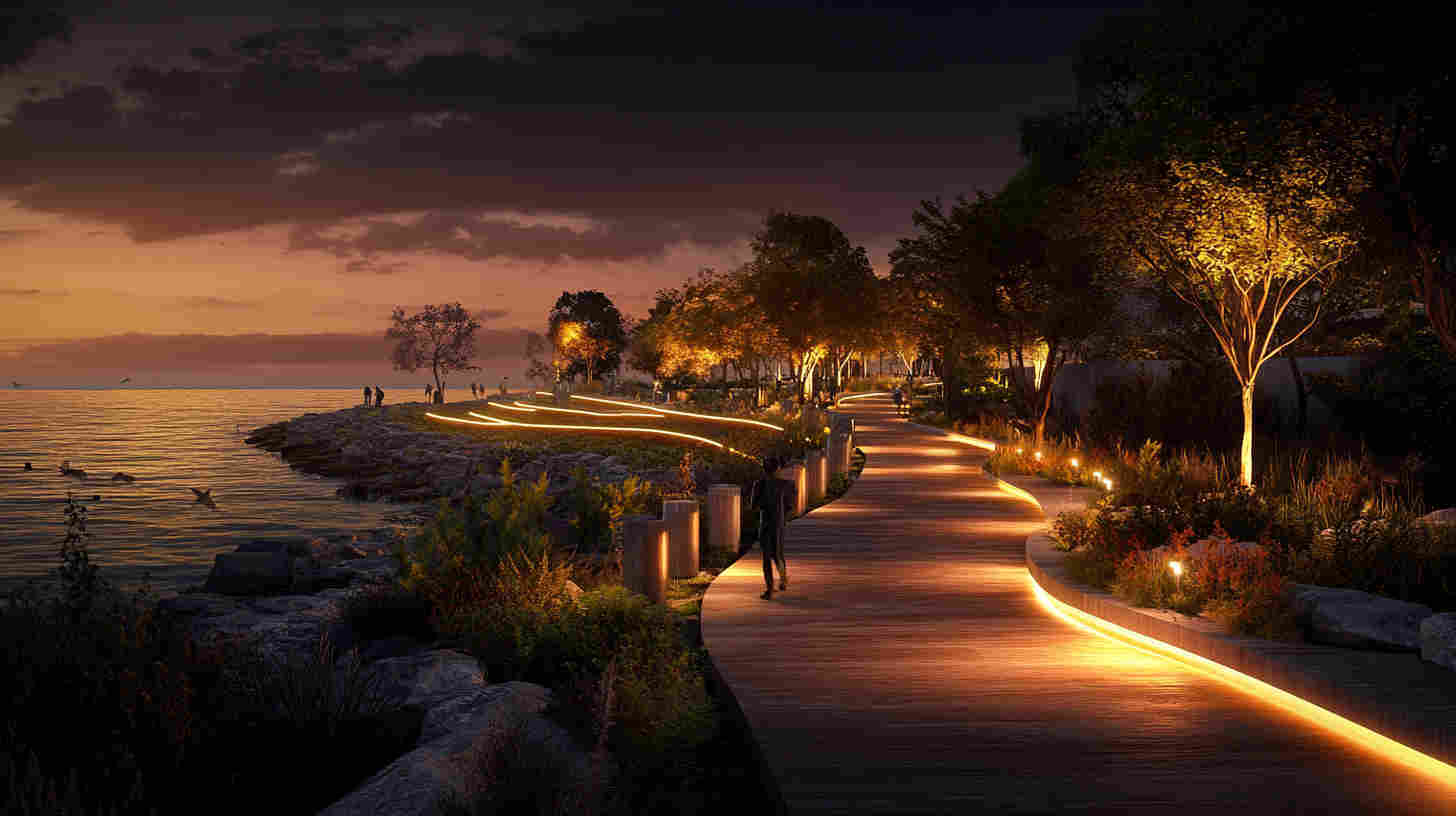
3. How Long Do Amber Lights Last?
They last about the same as other high-quality LEDs. They typically last between 30,000 and 50,000 hours or more. That depends on the specific product and the conditions in which you use them. The operating temperature, the quality of the driver, and the build materials all impact how long they last. If you get a good quality amber LED made from good components and it has good heat dissipation, it’s going to last a long time. That makes it a good solution for indoor and outdoor applications.
4. Are Amber Lights Better for Fog?
Yes, they are. Amber lights are better for foggy conditions. The reason is that the longer wavelength of amber light (around 590 nm) scatters less in fog, rain, or dust than the shorter wavelengths of blue or white light. So, amber lights penetrate through fog better, allowing you to see better and be safer. That’s why amber LEDs are so popular in automotive fog lights and hazard lights. They allow you to see the road better in bad weather conditions.
Request A Free Quote Now!
Send us a message if you have any questions or request a quote. We will get back to you ASAP!



